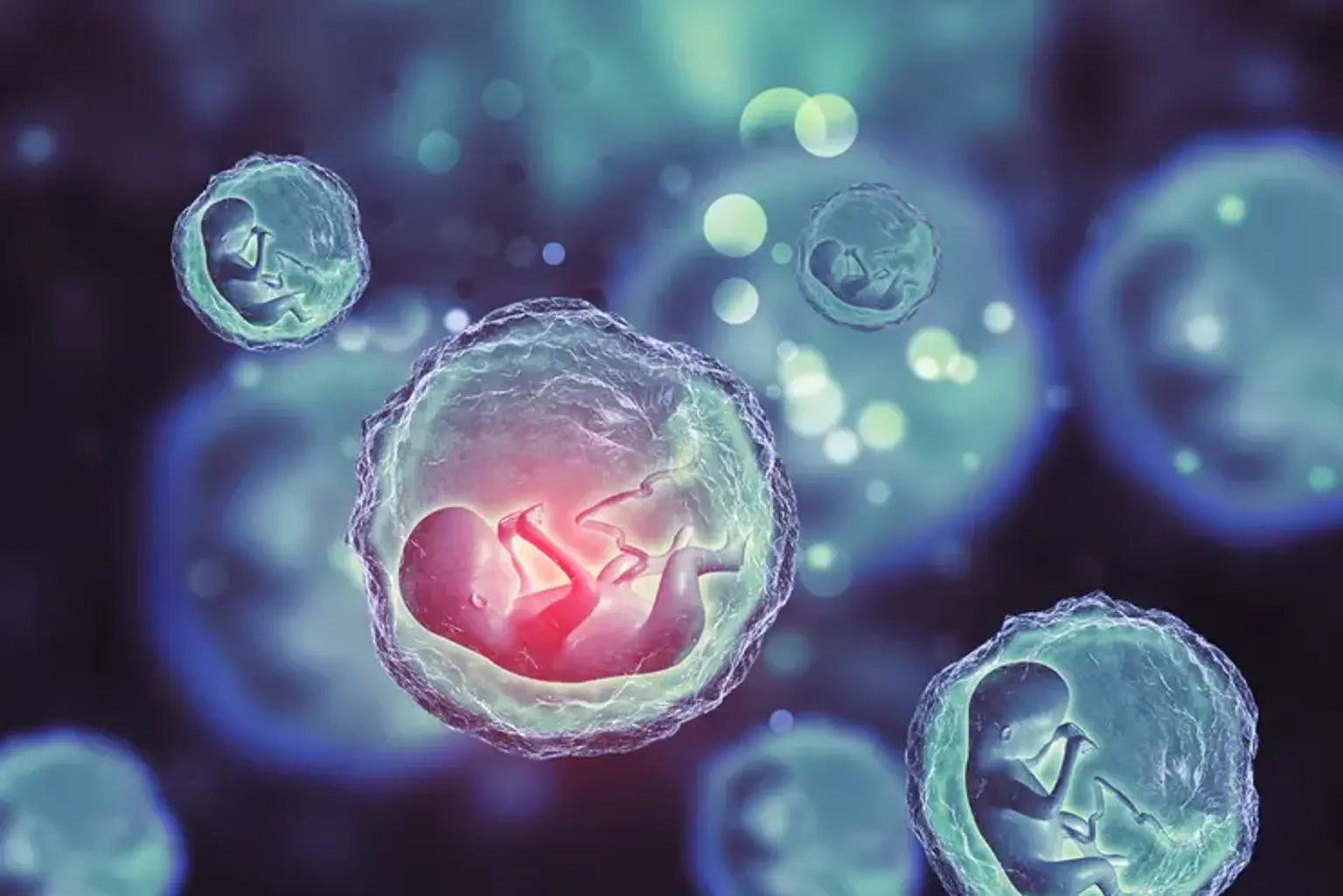Embryo Glue Treatment
Embryo transfer is an integral part of an In Vitro Fertilization (IVF) cycle. The embryo goes toward the uterine wall or the endometrium after being transferred, interacts with it, and adheres to it for continued growth. Implantation is the name of this process. When the uterine environment is suitable, free of uterine abnormalities, and the uterine receptivity is supportive, a high-quality embryo will implant itself. Even under ideal uterine receptivity and embryo quality conditions, the embryo may occasionally fail to implant.
Researchers have discovered an embryo development medium termed the embryo glue for such instances of implantation failure. Hyaluronan medium with recombinant human albumin makes up the embryo glue. According to studies, the uterine layer produces hyaluronic acid or hyaluronan at the time of implantation, which helps the embryo and endometrium interact. A protein complex called hyaluronan is produced by the body and helps to lubricate and hydrate the tissues. Hyaluronan serves as a binding agent between the endometrium and the embryo.
The embryo glue method involves dipping the IVF/ICSI-produced embryos into a hyaluronan solution. As a result, the embryo is placed in an environment resembling the uterus, and the embryos coated with hyaluronan adhere to the uterine lining to continue developing.
